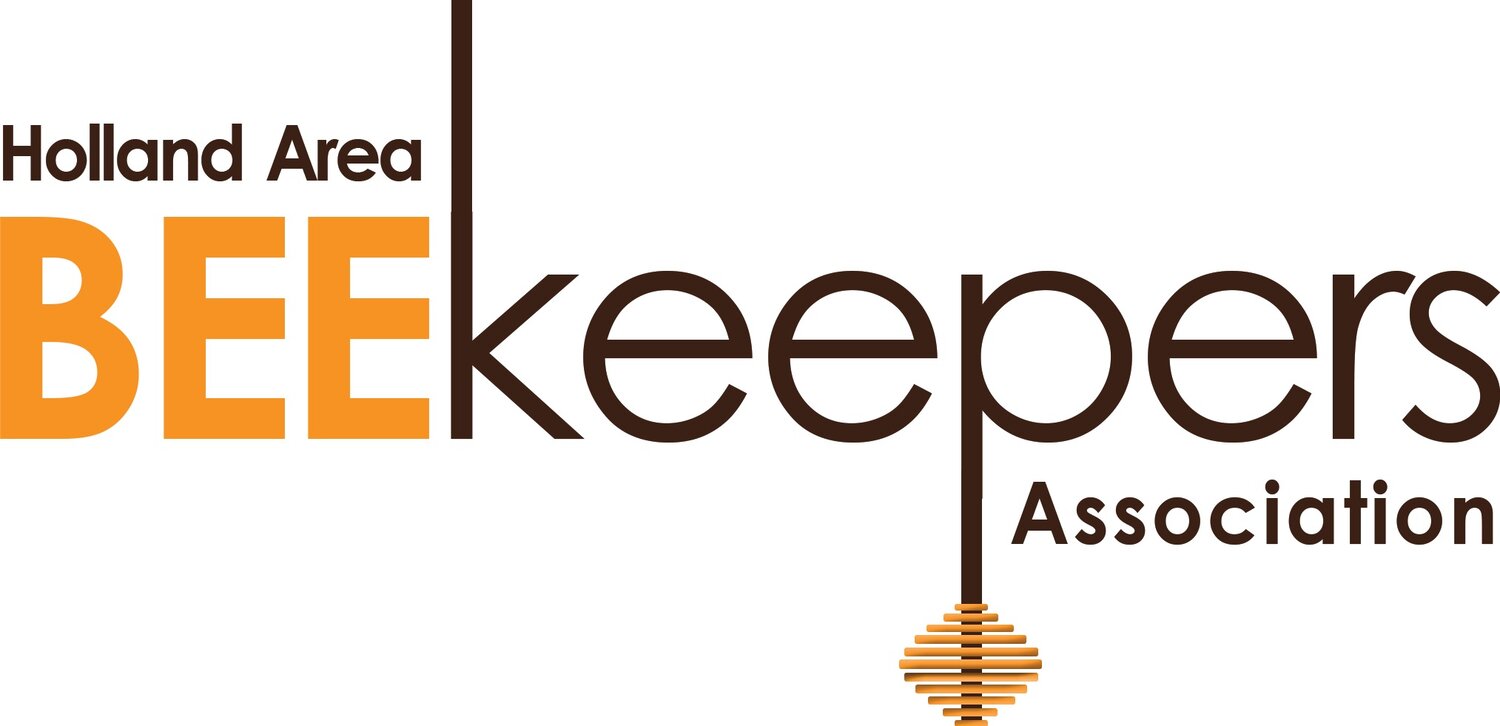
Pests, Diseases and Colony Loss
Varroa Mite Management
Varroa Mites are the #1 enemy of keeping your bees healthy throughout the year. This section provides up to date resources specifically targeted at monitoring and options for controlling the mite populations. It is not a matter of if you have mites, it is when. The top Recommended Resources for the detection, monitoring and treatment of Varro Mites include:
"Tools for VARROA Mite Management" by Honey Bee Health Coalition.
Managment Decision Tool by Honey Bee Health Coalition.
Article on Sustainable Beekeeping in Bee Culture by Meghan Milbrath
Parasites, Pests, Predators and Diseases
Quick Reference Guide to Honey Bee Parasites, Pests, Predators, and Diseases from Penn State University
A Field Guide to Honey Bees and Their Maladies is a $12 book published by Penn State University. Featuring more than 100 full-color photographs, this field guide is designed to assist beekeepers in recognizing the symptoms of common honey bee maladies. Sections on varroa and tracheal mites, hive beetles, bee lice, bears, and skunks, as well as diseases such as American and European foulbrood, nosema, and Colony Collapse Disorder. Simple cultural control methods are also provided. Spiral bound and printed on durable 4-by-8 stock, this reference will prove indispensable in the field.
Colony Loss/ Deadouts
Bee Informed Partnership strives to capture and share colony loss information. Please take the time to complete their survey to help build a database for beekeepers and policy makers.
Dealing with deadouts
Colonies die. It happens to the best of beekeepers. The information gained by examining your expired colony can be used to lessen the likelihood that you will experience losses from the same cause in the future.
Recommended reading:
Dealing with Deadouts by Meghan Milbrath
How to autopsy a bee colony by Jennifer Lund, Maine State Apiarist



